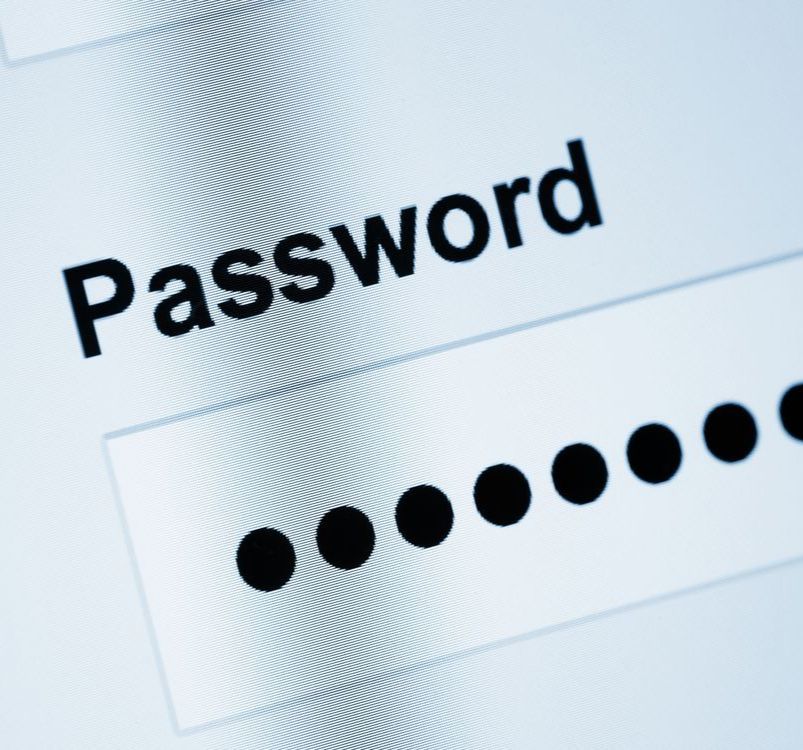When thinking about their estate plans, it’s natural for people to think first about their assets, such as their home, vehicles, family heirlooms, and money. But in today’s digital world, there are many intangible digital assets that need attention in your estate plan as well. The category of digital assets covers a lot – social media and email accounts, photos on your phone or computer, cryptocurrency, and even things like airline miles or credit card points that may be transferable.
These three tips can help you prepare for including digital assets in your estate plan.
Know the limits on what your fiduciaries can access
A durable power of attorney and a trust agreement can include powers giving your named trustee or agent the authority to manage your digital assets. However, even if that power is outlined in the documents, not all companies will honor these powers. Acting as the trustee doesn’t mean an Apple store employee can immediately unlock a person’s phone to give you access to contacts, photos, and emails. Some digital accounts, such as Facebook, have tools available where you can direct what happens to your account after your passing – but even those tools have limitations. Incorporating digital assets in your estate plan goes further than simply naming a trustee.
Make a list of assets and passwords

The best way to ensure your trustee has access to all digital assets and accounts is to make a comprehensive list and save passwords in a secure place. It may take a little while to compile that list, as there are some digital assets you access daily and some that you may only access periodically. Start a running list and add to it as you think of more digital assets. For saving passwords, you can use a digital password management tool or a written list stored in a secure location in your home. If your trustee or agent has the necessary passwords, they can save important files and close accounts as outlined in your instructions. Without a current list of accounts and passwords, however, they may not even know what accounts exist.
Make a plan for any cryptocurrency assets
Depending on how cryptocurrency is stored, it could be classified as a tangible asset or an intangible asset. Unlike more traditional bank accounts or investment accounts, crypto accounts are not heavily regulated and typically don’t allow for naming a beneficiary. For someone to access the funds, they must have the passkey. Therefore, it’s important to identify who inherits any cryptocurrency assets and include instructions on how they will receive access to the passkey. Some crypto holders utilize the services of companies that have created tech designed to handle crypto inheritance. More complex planning is recommended for high net worth individuals who have large investments in digital assets. As crypto is an ever evolving and sometimes volatile market, it’s also critical to update your estate plan when any changes occur in your cryptocurrency assets.

The same is true of other digital assets as well. Be sure to update your list of digital assets and passwords whenever you add a new account or update a password. Things change quickly in the digital world. Making it a regular habit to update your lists can ensure that your trustee or agent will have full access to your digital assets.
At Wright Law Firm, we offer comprehensive estate planning services and talk with our clients about both tangible and intangible assets. If you need an estate plan or need to update an existing plan to incorporate digital assets, reach out to our team to schedule a consultation.



